The people generally known as the Aztecs called themselves Mexica ( mxc ). Aztec means from Aztl

n, the mythical starting point of the Mexica's migration to the south. Their language was called n

huatl or n

huatlt

lli clear speech or even mxcatlt

lli Mexica speech.
The century that followed the Spanish conquest saw the death of a great part of the native population, the dismantling of their social system and the irrevocable alteration of their culture. This historic catastrophe one of the greatest in human history was partially attenuated thanks to the efforts of some enlightened friars and certain native notabilities, who gathered or composed all sorts of texts in Nahuatl: legends, discourses, historical chronicles, compilations of traditional knowledge.
This textbook is an introduction to this language. It aims to satisfy the interest in Nahuatl that has arisen in recent years. In various universities and institutions, historians, ethnographers and linguists have offered students and investigators of very diverse origins courses and seminars relating to the Aztec sphere. I hope that this work will be of some utility to them and that it will receive a favorable welcome.
I imagine that it will be of equal interest to linguists, who may not particularly deepen the study of indigenous Mexican history and culture, but who seek to expand the field of available linguistic data and so are looking for reliable descriptions of as many languages as possible.
Let us specify again that the language described here is Classical Nahuatl, the literary language of the century following the Conquest. Nearly five centuries on, there is clearly no region in which this variety of Nahuatl is still spoken. It is thus a dead language, or rather, a dead variant of the language, in the same way as the English of, say, Christopher Marlowe is a dead form of the English language. No one nowadays speaks exactly like that, but many hundreds of thousands of people speak present-day variants of Nahuatl, some of them fairly close to the classical one, so that travelers to Mexico today may be pleasantly surprised when recognizing words and expressions, thereby gaining more inside knowledge of the country and its people.
The original version of this book was published in 1979 in French, and a Spanish translation by Cristina Kraft appeared in 1992. Several English-speaking friends and colleagues suggested that an English version be made available to scholars and students. So when Christopher Mackay volunteered to take on the task of translation, I readily and thankfully accepted. It quickly appeared that the original version needed some modifications, both in view of a few grammatical points which did not seem totally clear to me thirty years ago and of the specific referential background of English-speaking potential readers. After many e-mail exchanges and a personal encounter at the University of Alberta, which gave rise to intensive discussions and fruitful adjustments, the final result is indeed impressive. Christopher Mackay did a painstaking, marvellous job of it, and I am deeply indebted to him.
My gratitude also extends to all the colleagues and friends, nahuatlatos and/or linguists, who helped me enlarge my field of knowledge and deepen my interest in this wonderful language and culture. A special mention is due to the organizers of Nahuatl or Uto-Aztecan sessions: Fernando Leal and Jos-Luis Iturrioz in Guadalajara, Jonathan Amith at Yale and most of all to Una Canger and Karen Dakin, who kindly took a last decisive look at the final version.

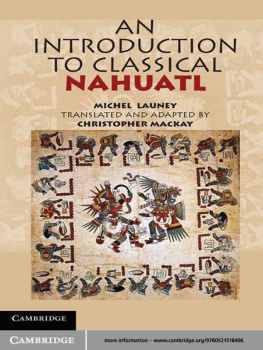
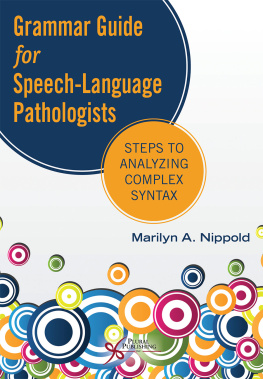



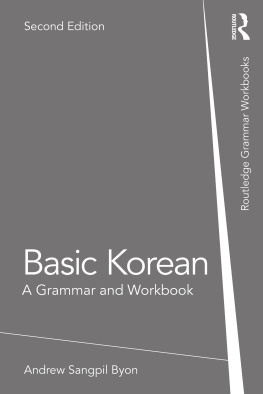
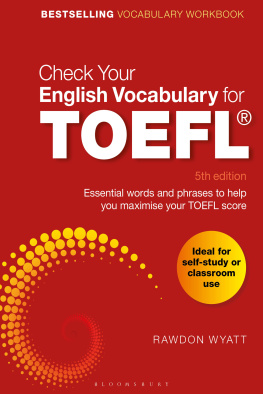
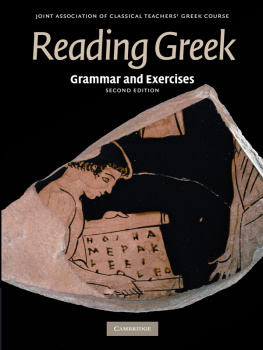
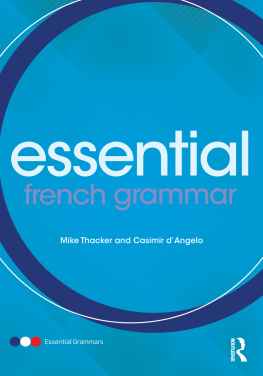
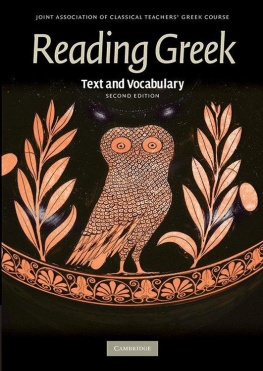

 n, the mythical starting point of the Mexica's migration to the south. Their language was called n
n, the mythical starting point of the Mexica's migration to the south. Their language was called n lli clear speech or even mxcatlt
lli clear speech or even mxcatlt